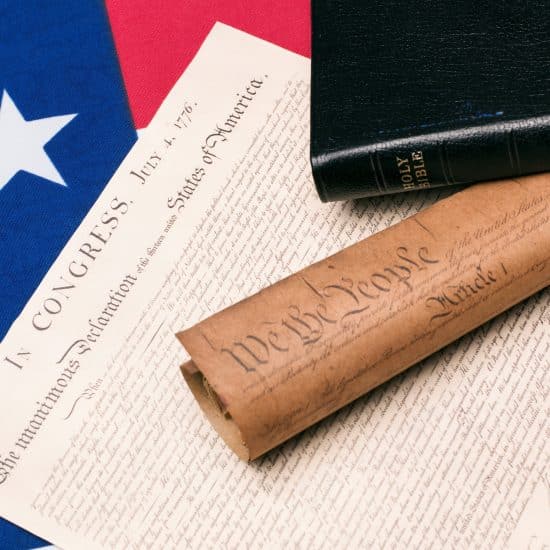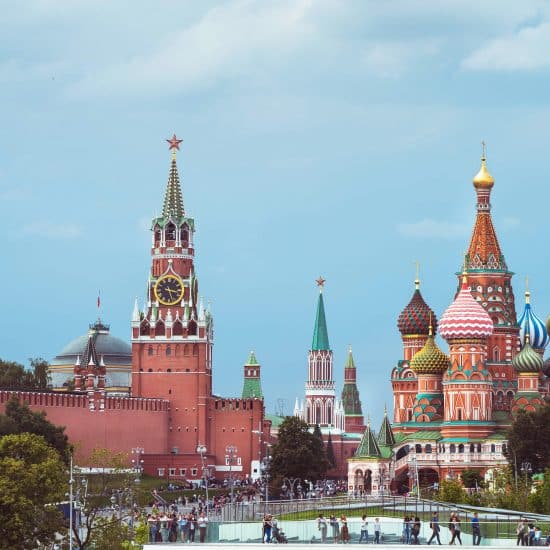By Bill Webb
Word&Way Editor
The 30 ordinary men who signed a document known as the Flushing Remonstrance 350 years ago would probably be surprised that it still exists and is still lifted up as one of the earliest protests against religious intolerance in America.
 On Dec. 27, 1657, these inhabitants of Flushing, New Netherland (now New York), officially defied Gov. Peter Stuyvesant’s edict forbidding residents from harboring Quakers, back then often regarded as a rabble-rousing sect of religious zealots. The governor’s edict called for fines and imprisonment for violators.
On Dec. 27, 1657, these inhabitants of Flushing, New Netherland (now New York), officially defied Gov. Peter Stuyvesant’s edict forbidding residents from harboring Quakers, back then often regarded as a rabble-rousing sect of religious zealots. The governor’s edict called for fines and imprisonment for violators.
Almost immediately, a town clerk in Flushing named Edward Hart gathered fellow citizens to draft a petition to Stuyvesant. They referenced the Flushing town charter of 1645, which promised liberty of conscience. That conviction was a distinction of the colony’s Dutch heritage.
And then they signed their names. Thirty signatures graced the Flushing Remonstrance.
“We desire therefore in this case not to judge least we be judged, neither to condemn least we be condemned, but rather let every man stand and fall to his own master,” they wrote. “…the power of this world can neither attack us, neither excuse us, or if God justify, who can condemn, and if God condemn, there is none can justify.
“For our part, we cannot condemn [Quakers], neither can we stretch out our hands against them, to punish, banish or persecute them,” they wrote to Stuyvesant. “If any of these said persons come in love unto us, we cannot in conscience lay violent hands upon them, but give them free egress and regress unto our town,” they concluded. “For we are bound by the law of God and man to do good unto all men and evil to no man.”
Then Hart and another of the signers presented their eloquent document to Stuyvesant.
The governor’s response was quick. The two men were arrested, and two other magistrates who had signed the petition were jailed. Stuyvesant reportedly forced the other signers to recant.
But that wasn’t the end of the story.
Quakers continued to meet in Flushing. A farmer, John Bowne, was arrested in 1662 for holding illegal meetings, prompting his banishment from the colony. Bowne immediately left for Amsterdam to plead on behalf of the Quakers — and won.
The Dutch West India Company overruled Stuyvesant in 1663 and ordered him to “allow everyone to have his own belief,” according to Kenneth T. Jackson, editor in chief of “The Encyclopedia of New York City.” Bowne’s house is still standing.
Today, The Flushing Remonstrance — now charred and frail — is the property of the New York state archives. It was returned to Queens and placed in the Flushing Library for everyone to see from Dec. 5 to Jan. 7. The official 350th anniversary was celebrated this past Dec. 27.
Others have noted that the ultimate significance of the Flushing Remonstrance is that it was invoked on behalf of others who were in a position to lose their religious freedom. That is different than fighting for one’s own rights, and it helps define what freedom of conscience and religious liberty are really about.
Liberty, be it religious liberty or some other form of freedom, is only liberty when it is guaranteed or granted to all. Hart and his fellow signers had observed religious intolerance in the colonies, so they reacted swiftly and publicly when Quakers were targeted.
Had Stuyvesant targeted some other faith group instead of Quakers, it is likely that the 30 signers would have responded the same way they did on Dec. 27, 1657. They were protesting, not out of preference for this group or that, but out of divine principle that every person should be afforded freedom of conscience.
A Bolivar couple, Margaret Goss and her husband, Curtis, have a special interest in the Flushing Remonstrance. They have discovered through genealogical research that they are descendants of players in that original drama.
“…one of my far remote grandfathers was named Resolved Waldron — he was the first sheriff of Harlaam and was a ‘henchman’ of Governor Stuyvesant,” Margaret told me in an e-mail message. “One of my husband’s ancestors, Elias Doughty, was one of those who signed the remonstrance. My ancestor, Resolved Waldron, arrested my husband’s ancestor for signing the document.”
Thanks to Margaret for introducing me to the Flushing Remonstrance and forwarding information about the anniversary. It is significant because such sentiment found its way 134 years later — in 1791 — into the First Amendment to the U.S. Constitution.






